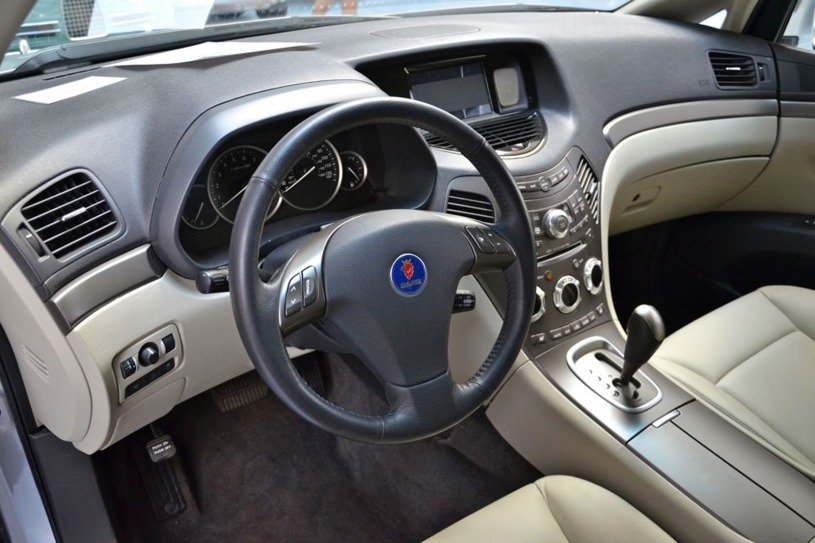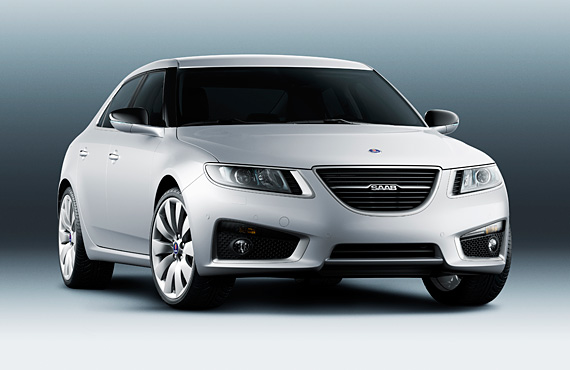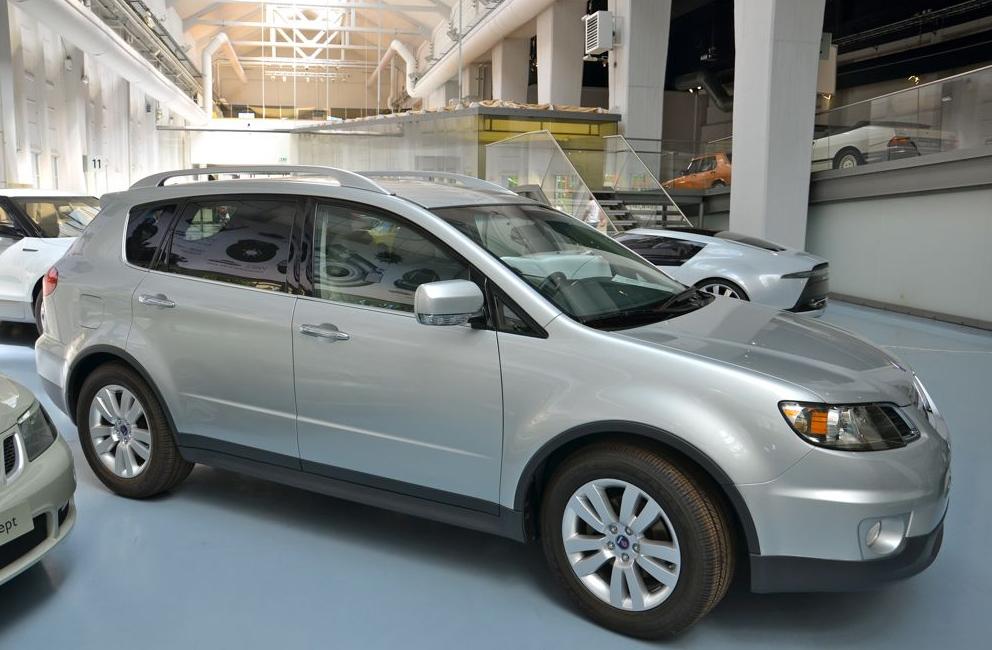
Back when General Motors owned 20% of Subaru, it decided to utilize Subaru's platforms for it's least appreciated brand, Saab. While Saab enjoys a healthy cult status among New Englanders, 1970s lberals, college professors, and gay men, it has had a tricky existance in the US. After all, how do you convince customers looking at BMW, Audi, and Mercedes Benz to consider a front wheel drive car from Sweden, containing a mix of engineering architectures from Alfa Romeo, GM, and briefly, Subaru?
Mercedes buyers buy the brand primarilly for the status and the safety innovations. BMW buyers are in love with the brand for its sport luxury blend and, until recently, universal insistance on rear wheel drive. Audi buyers used to be from left field, like Saab drivers. But in the last 20 years, under guidance of their parent Volkswagen, Audi has become the German auto afficiando's alternative to Mercedes and BMW. Saab has always been trying to compete against the German sport luxury segment, but for decades, they did so with a hatchback using a front wheel drive platform. Saab was more known more for its winter-proof features, such as heated seats, than its peformance on the road.
That was supposed to change in their partnership with Subaru. More all wheel drive vehicles would be introduced (in the end, only the leather-clad Impreza clone 9-2x was produced). Saab would share GM's new global platforms such as the Theta. Subaru's new flagship, the B9 Tribeca, would be the basis of Saab's first SUV, the 9-6x. In the spring of 2005, a prototype of the 9-6x was produced.
But it was too little too late to turn Saab into the next Oldsmobile. GM sold its stake in Subaru to Toyota that October. As a final product, GM quickly developed a Saab SUV based on the Chevy Blazer / GMC Envoy, dubbed the 9-7x. By 2009, Saab was forced to find a buyer or shut down as an auto maker.
Saab was rescued (twice, actually), and they remade their entire image. They embraced their heritage of rounded hoods, wrap around greenhouse windshields, and the coolest car cup holders of all time. They chose to make their vehicles part time all wheel drive, using Haldex rear differentials made in Sweden and used in proven platforms by Ford and Volvo. And they renovated both their design center in the UK, hired a highly talented, American-born design director, and are remarketing themselves as the car brand with the edge in design.
And so now, over six years after the 9-6x prototype was put together, it has been revealed in the Saab museum and on the Saab blog. It's essentially a B9 Tribeca with the more conservative body panels of the current Tribeca. In fact, the body panels shown here were designed for the Saab 9-6. When Subaru decided to tone down the original Zapatinas design in 2007, they simply copied what you see here for the sides and back of the current Tribeca.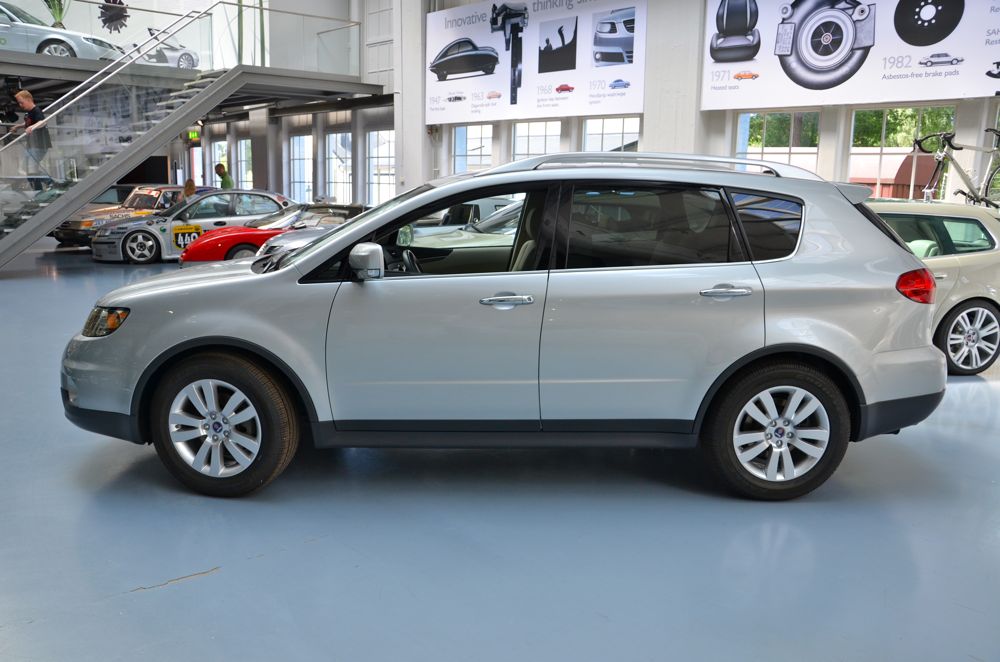
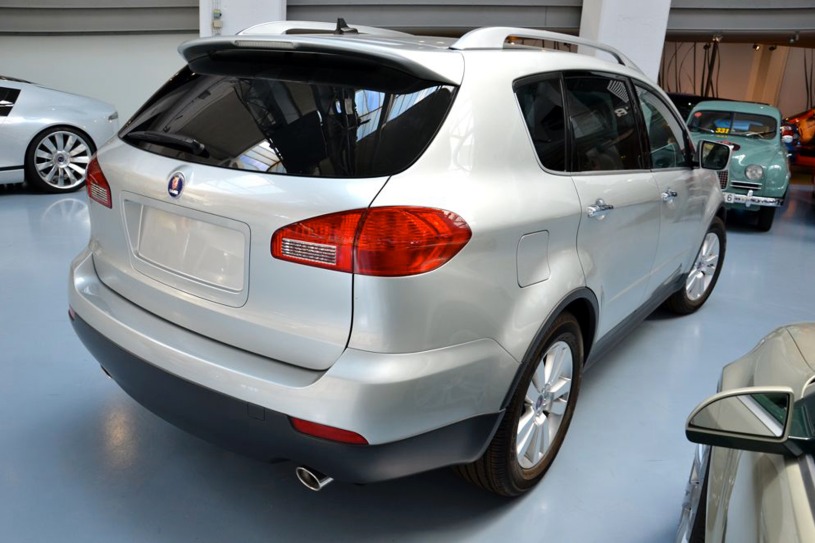
The interior, however, is all Zapatinas. The electroluminescent guages of the Tribeca have been replaced by green LED lit dials, and the logo on the steering wheel is different. But otherwise this is the same interior that the Tribeca has used since its 2005 debut.